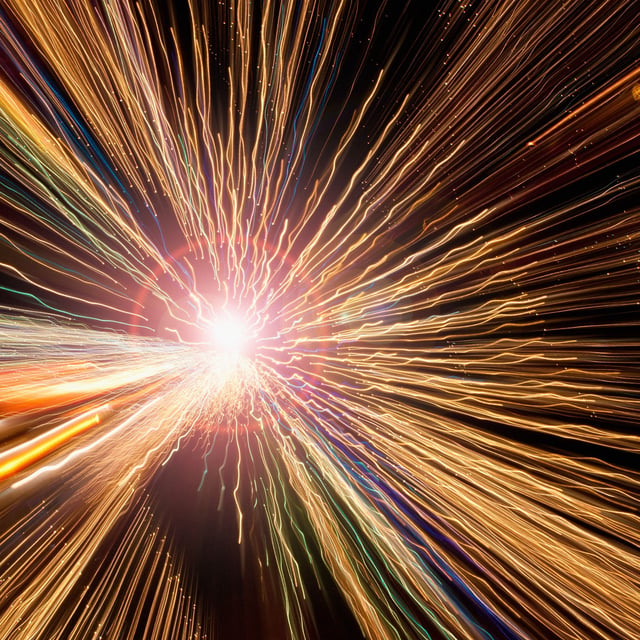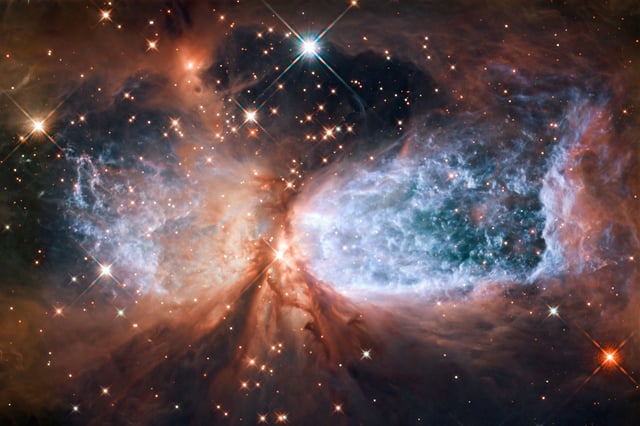Overview
- MPIK researchers stored HeH⁺ ions at a few kelvins in the Cryogenic Storage Ring and collided them with deuterium to replicate conditions just after the Big Bang.
- Measured reaction rates of HeH⁺ with hydrogen isotopes remained nearly constant down to a few kelvins, overturning prior predictions of steep declines at low temperatures.
- A theoretical team led by Yohann Scribano identified and corrected an error in the potential energy surface, bringing calculations into close agreement with experimental results.
- Sustained HeH⁺ reactivity implies a stronger role in catalyzing molecular hydrogen formation and dissipating heat during the cosmic dark ages.
- These findings prompt revisions to primordial chemistry models and simulations of Population III star formation by highlighting a more critical cooling function for HeH⁺.


